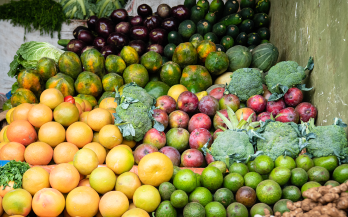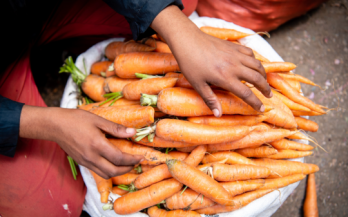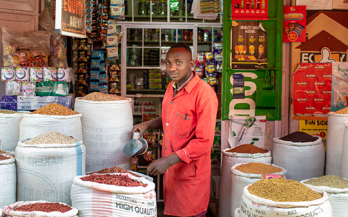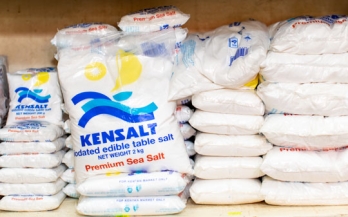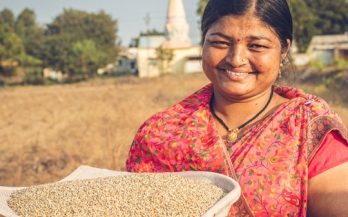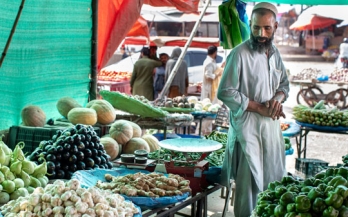In a significant step towards addressing malnutrition, the United Nations adopted Minimum Dietary Diversity as a Sustainable Development Goal (SDG) indicator. Globally, almost 3 billion people are unable to access and afford a healthy diet. Micronutrient deficiencies, caused in large part by inadequate diets is one of the leading factors in malnutrition globally. Poor diets also account for a global rise in non-communicable diseases and contribute significantly to premature mortality, worldwide.
Despite the central importance of healthy diets, until recently, global efforts towards addressing malnutrition lacked standardised metrics to effectively track diet quality. The adoption of Minimum Dietary Diversity in the SDG framework will now give governments, policy makers and international organisations a key tool to formulate evidence-based strategies that can improve diets and help reduce malnutrition.
The two-way relationship between food systems and climate creates opportunities for action contributing to climate mitigation, adaptation, resilience, and human health co-benefits, alongside a range of positive socioeconomic outcomes, making food systems transformation for nutrition and climate a key strategy to accelerate progress towards the Sustainable Development Goals (SDGs) and the Paris Agreement.
At the 77th World Health Assembly in Geneva, Global Alliance for Improved Nutrition (GAIN) voiced its support for the WHO Global Strategy for Food Safety and reducing the risks in traditional markets.
Vending food products in flexible quantities (i.e., loose, as opposed to in packages) is commonly used worldwide in both traditional and formal retail outlets. While it has other advantages (e.g., reducing packaging materials), the main advantages from the affordability perspective are the ability to buy very small amounts (at lower cost) and to not have to pay the costs of packaging.
The Global Alliance for Improved Nutrition (GAIN) has appointed Ann Tutwiler as Board Chair to succeed Felia Salim, who is completes her tenure in May. Ms Tutwiler will take up the position on 1st June.
From the consumer perspective, product costs can include not only monetary costs but also time and effort costs of acquiring, preparing, and consuming foods: for the consumer, these jointly shape the product's effective affordability. The cost of time and fuel to prepare food is not insignificant in many low- and middle-income countries.
One of the simplest ways to alter affordability is simply to sell products in small package sizes. This is probably the most common strategy used for reaching lower-income consumers across product types and contexts.
In a cross-subsidisation model, one product is sold with a larger margin, with the excess profit used to subsidise another product sold at a smaller margin (e.g., by covering all or most company fixed costs with the higher-margin channel). BMR’s systematic review found several examples of companies using this strategy with the same product sold in different forms or settings to different groups of consumers.
Some countries encourage increased consumption of nutrient-rich foods to reduce the burden of diet-related diseases such as diabetes as one of their health goals—but they also subsidise foods that can contribute to those diseases, such as sugar, edible oil, or refined grains.
Food loss and waste is a major problem worldwide: it is estimated that 14% of all food produced globally is lost between harvest and retail, while 17% is wasted. For the most nutrient-dense foods, which tend to be highly perishable, levels are even higher, exceeding 20% for the category of fruits and vegetables.
